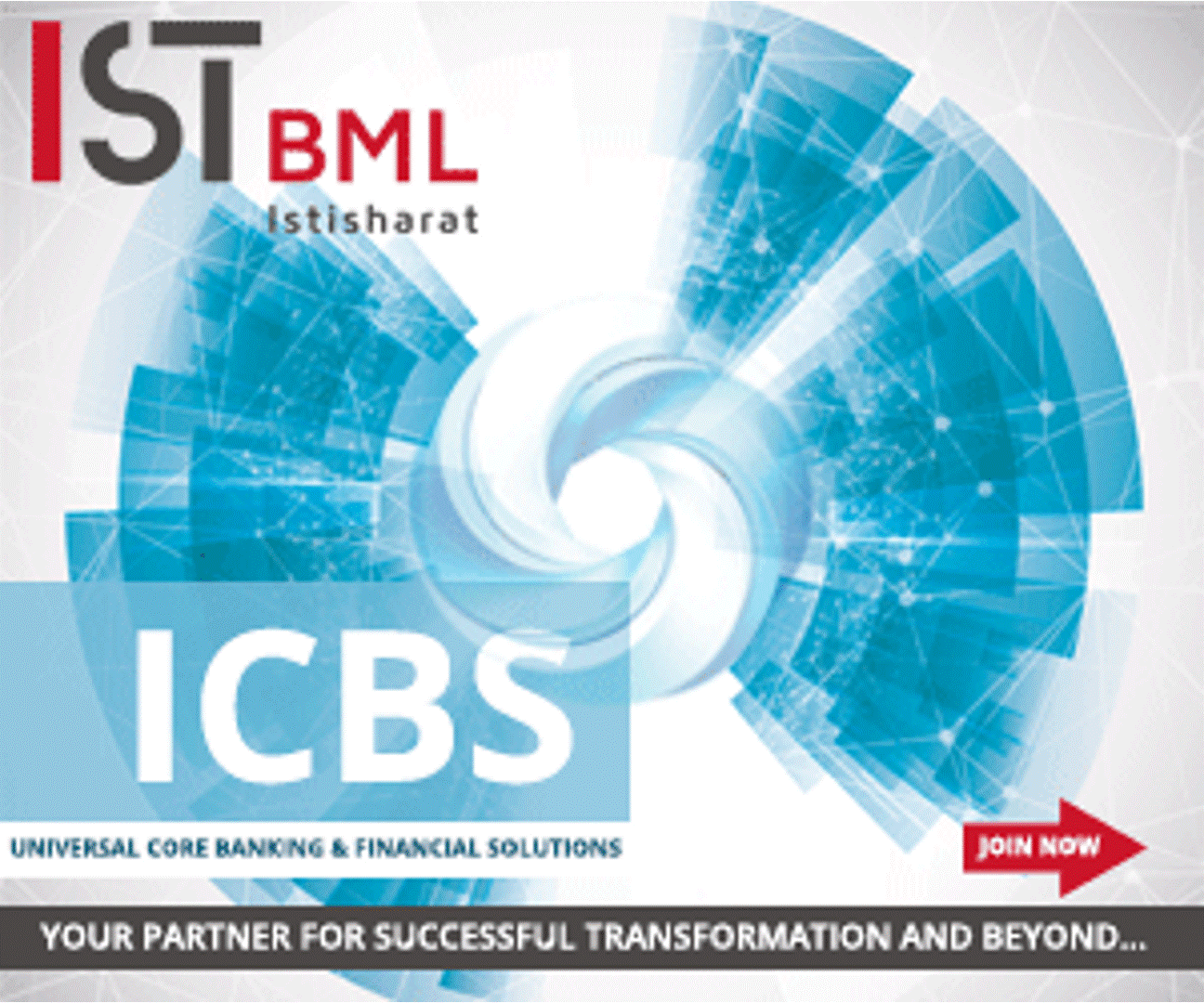 Back
Back
Digital payments: a peek into the future
By Puja Sharma
Speed, convenience, and competition are shaping the future of payments. Cash is still king but is increasingly seen as a way to store value rather than a transaction.
The payments landscape continues to morph. Driven by innovation and shifts in consumer preferences, new systems, new methods, and new players are shaping the future of payments. The BIS Red Book statistics research offers a look into that future.
Domestic payments are here for a long haul
Innovation is making domestic payments increasingly convenient, instantaneous, and ubiquitous. Systems that offer near-instant, person-to-person retail payment are increasingly available around the world. Many such systems operate seven days a week, 24 hours a day. Currently, fast retail payment systems operate in 45 jurisdictions. This is projected to rise towards 60 shortly
Not surprisingly, ways of paying fast vary across jurisdictions For Mexico and Nigeria, take-up is still relatively low five years or more since inception (fewer than five fast payments per person per year). The more mature systems in Chile and the United Kingdom, which have been operating for 10 years, processed about 30 payments per head in 2018. In Denmark, Singapore, and Sweden, adoption has been much faster than for many more mature systems. The average Swede makes about 40 fast payments per year thanks to the popularity of the Swish mobile payments app – now the front end for most transactions, with a volume worth over 4% of GDP.
Changing payment methods
Innovations and consumer preferences continue to shift payments towards more convenient electronic methods. The value of card payments relative to GDP is increasing for all but a few CPMI jurisdictions. In contrast, the value of small-denomination notes and coins in circulation (typically used for payment) is either decreasing or flatlining at the same time, the use of large-denomination notes (typically, to store value, ie as an alternative to bank deposits) is generally increasing even faster than that of small-denomination.
Overall, this has meant that total cash in circulation has grown in most CPMI jurisdictions. For most countries, the cashless society, or even a “less-cash” society, has yet to materialize. Sweden is the exception: there, cash in circulation is decreasing and mobile payments booming at the expense of cards.
Consumers also crave convenience in paying. This is reflected in the number of contactless cards per inhabitant rising rapidly in both advanced and emerging market economies. In addition, consumers are increasingly using debit or credit cards when abroad. Cross-border card payments have grown twice as fast as domestic payments since 2012. In advanced economies, on average, consumers use their cards for overseas transactions 14 times a year, while in emerging market economies the average is twice a year.
Innovation and policy changes
The traditional bank-based ecosystem is being disrupted from below by FinTechs and from above by well-established big techs. When asked which financial products and services are most affected by technological developments and competition, banks often rank payments the highest – both today and over the next five years.
Non-banks are moving into both retail and wholesale payments. Across CPMI (Committee on Payments and Market Infrastructures) jurisdictions, non-banks now account for about a quarter of the institutions offering services or payment instruments, up from 14% in only six years. A similar but less dramatic increase is seen for e-money providers.
Central banks are adapting to the emergence of new players by expanding access to their wholesale payment systems. Non-bank providers now account for 10% of direct participants in RTGS systems in CPMI member countries. In contrast, non-banks accounted for only 4% in 2012.
IBSi FinTech Journal
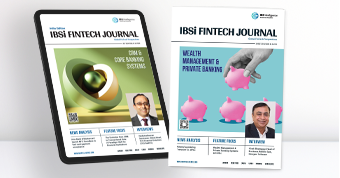
- Most trusted FinTech journal since 1991
- Digital monthly issue
- 60+ pages of research, analysis, interviews, opinions, and rankings
- Global coverage
Other Related News
Related Reports

Sales League Table Report 2025
Know More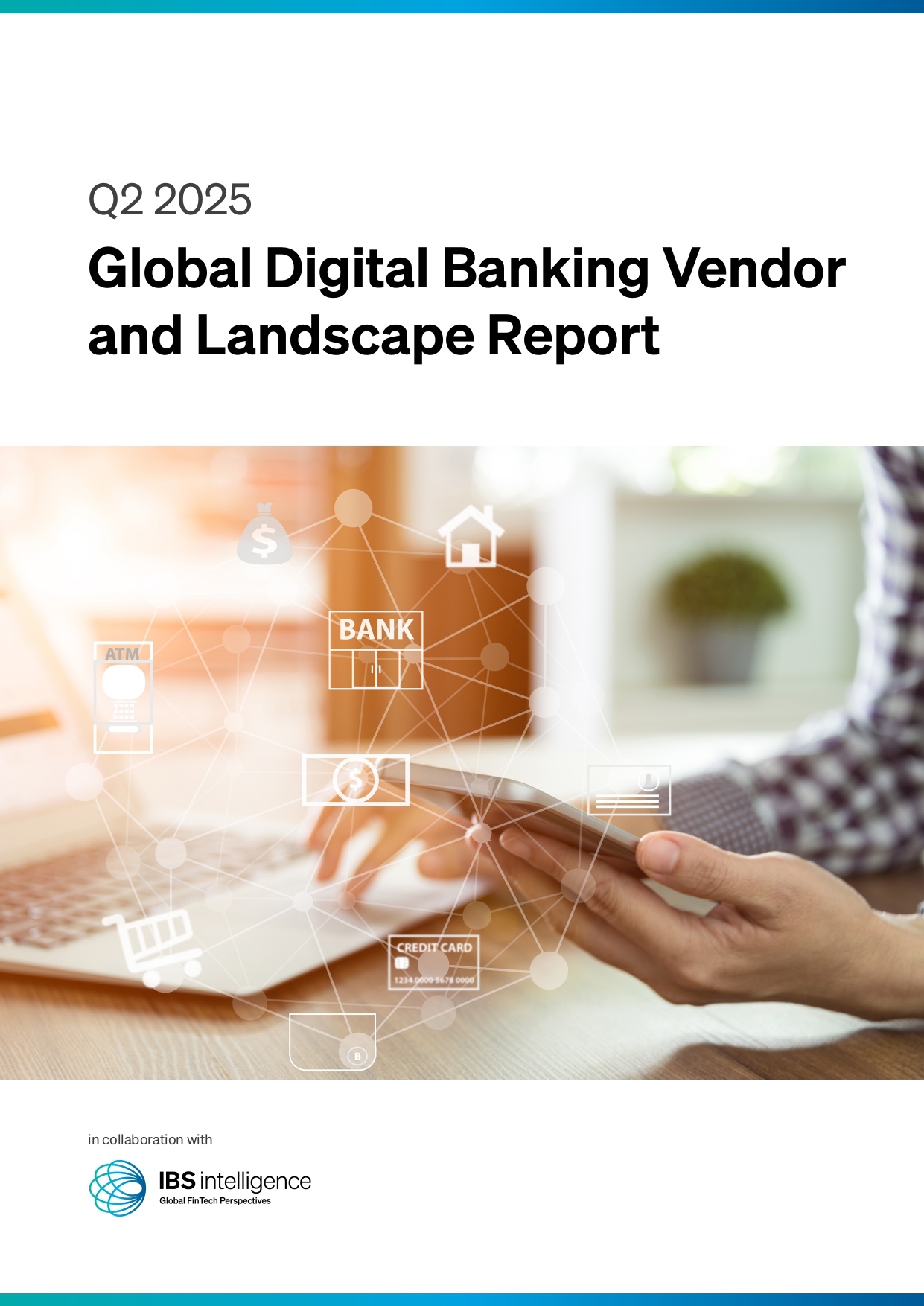
Global Digital Banking Vendor & Landscape Report Q2 2025
Know More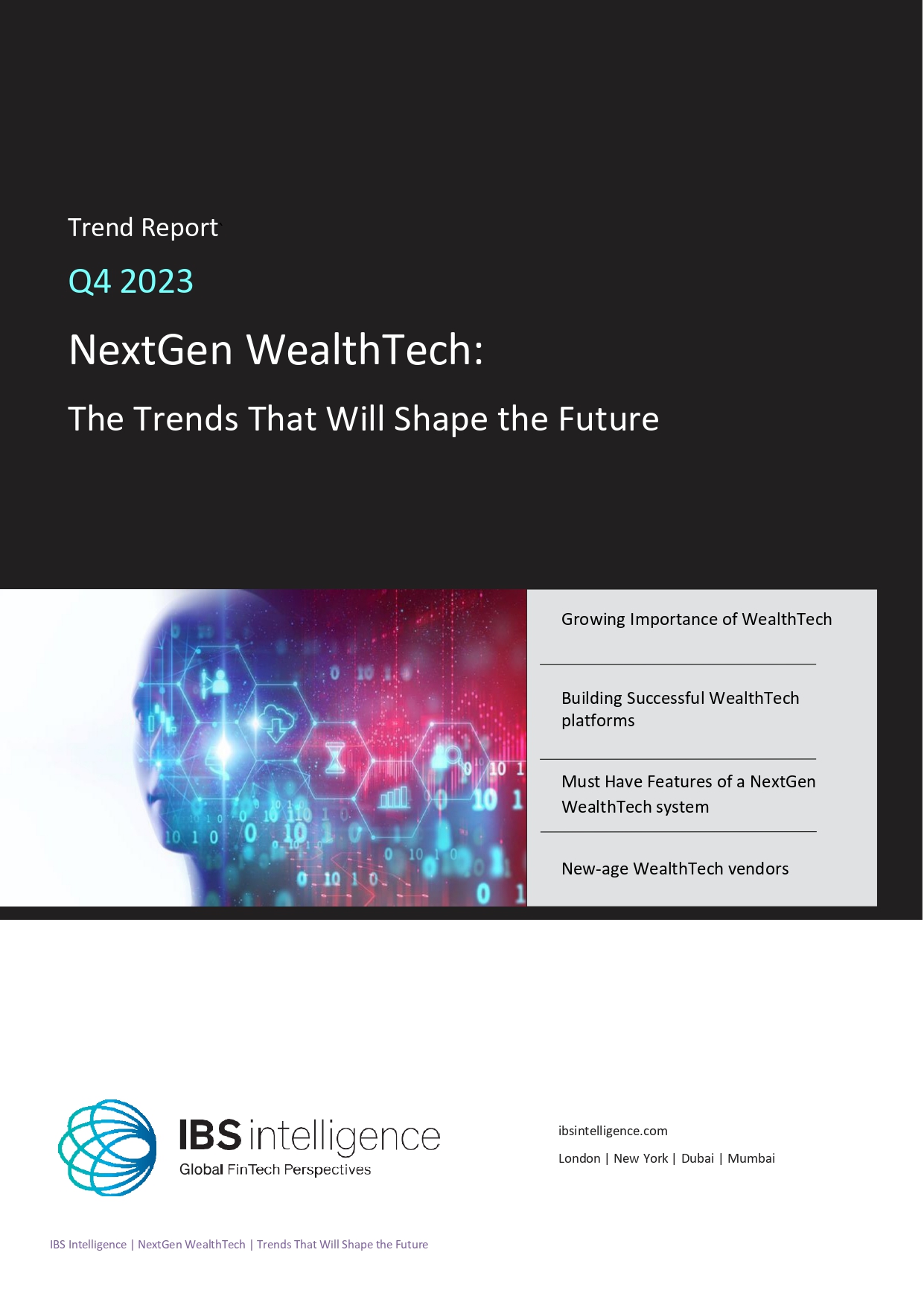
NextGen WealthTech: The Trends To Shape The Future Q4 2023
Know More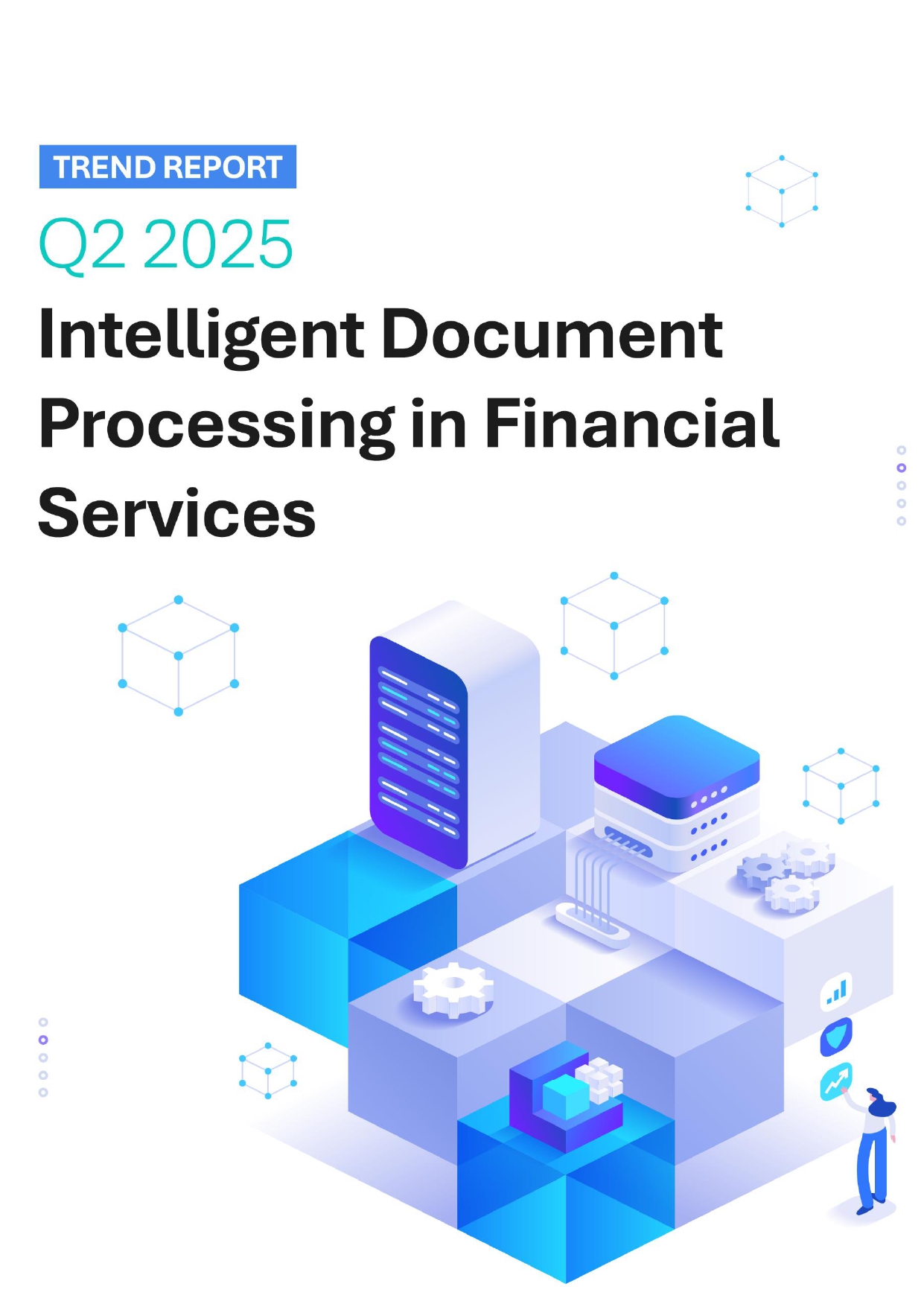
Intelligent Document Processing in Financial Services Q2 2025
Know More


